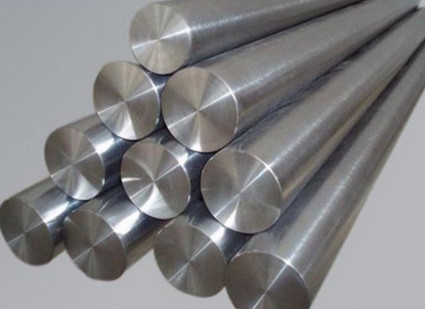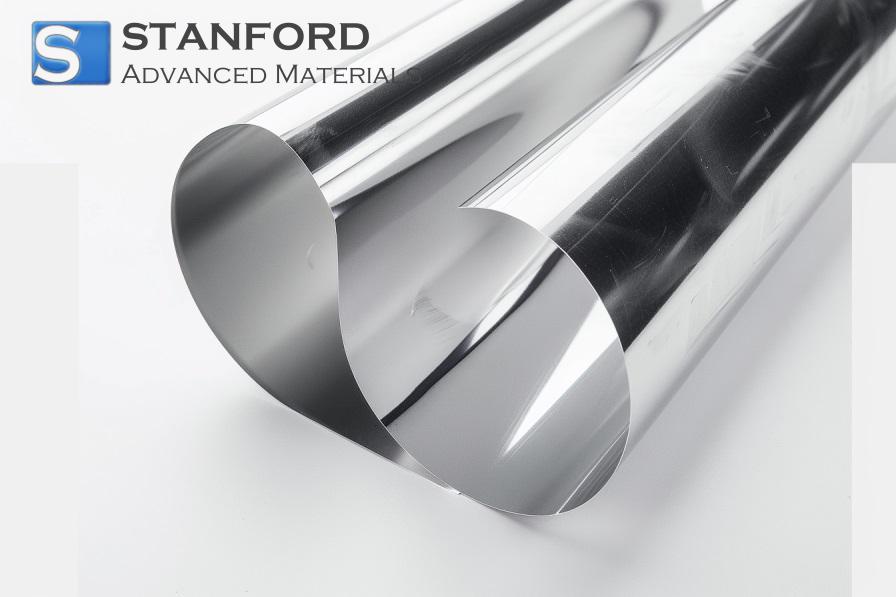The Application Of Niobium Metal Products
Niobium, with the chemical symbol Nb and atomic number 41, has a melting point of 2 477 ℃. It is classified as a metal with a high melting point. Niobium is soft, highly ductile and silver-grey in colour.

Niobium compounds primarily include niobium oxide, niobium nitride, niobium carbide, niobium titanate and lithium niobate. Niobium oxide is the primary raw material for producing other niobium products. It is used in the manufacture of capacitors and optical glass. Lithium niobate, potassium niobate and other niobate single crystals have high refractive indices, high light transmittance and high dielectric constants. They are used in the laser and electronics industries to produce acoustic filters, optical modulators, mobile phone and computer displays and other products. Niobium carbide exhibits plastic behaviour at high temperatures and does not present a defined crystal structure. It is used in the fabrication of cutting tools and ceramics. Niobium germanide and niobium tin are used as wire in superconducting magnets.

In stainless steel, niobium is primarily found as ferroniobium. The addition of a small amount of niobium significantly increases the yield strength of steel and adjusts its toughness. Furthermore, niobium increases oxidation and corrosion resistance at high temperatures, reduces the transition temperature of the steel and makes it easier to weld and form. High-purity niobium is the principal industrial superconducting material for manufacturing superconducting generators, accelerators, superconducting energy storage systems and nuclear magnetic resonance equipment. High-purity niobium materials are also used in the aerospace sector to manufacture heat-resistant parts for rocket and spacecraft engines. Niobium has good corrosion resistance and biocompatibility and does not harm the human body; it is used to produce surgical instruments and bone plates. Common niobium alloys include the niobium–titanium alloy, which is used as the superconducting coil in magnetic levitation systems, the niobium–zirconium alloy, which is corrosion resistant and is used in the production of chemical reaction vessels, and the niobium–nickel alloy, which is used in the manufacture of turbine blades.

 Bars
Bars
 Beads & Spheres
Beads & Spheres
 Bolts & Nuts
Bolts & Nuts
 Crucibles
Crucibles
 Discs
Discs
 Fibers & Fabrics
Fibers & Fabrics
 Films
Films
 Flake
Flake
 Foams
Foams
 Foil
Foil
 Granules
Granules
 Honeycombs
Honeycombs
 Ink
Ink
 Laminate
Laminate
 Lumps
Lumps
 Meshes
Meshes
 Metallised Film
Metallised Film
 Plate
Plate
 Powders
Powders
 Rod
Rod
 Sheets
Sheets
 Single Crystals
Single Crystals
 Sputtering Target
Sputtering Target
 Tubes
Tubes
 Washer
Washer
 Wires
Wires
 Converters & Calculators
Converters & Calculators
 Write for Us
Write for Us



 Chin Trento
Chin Trento



